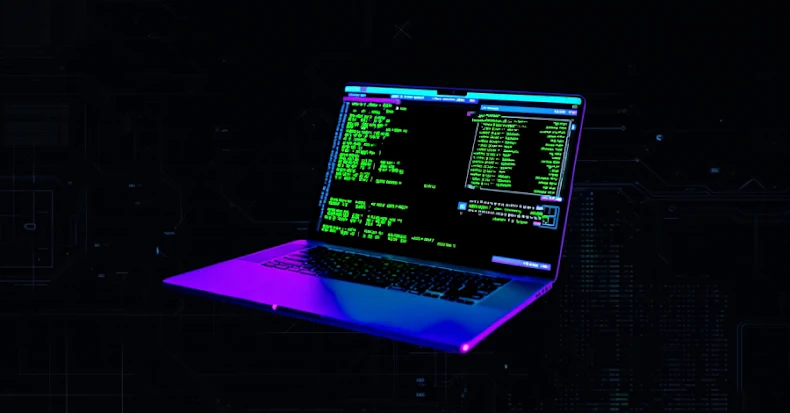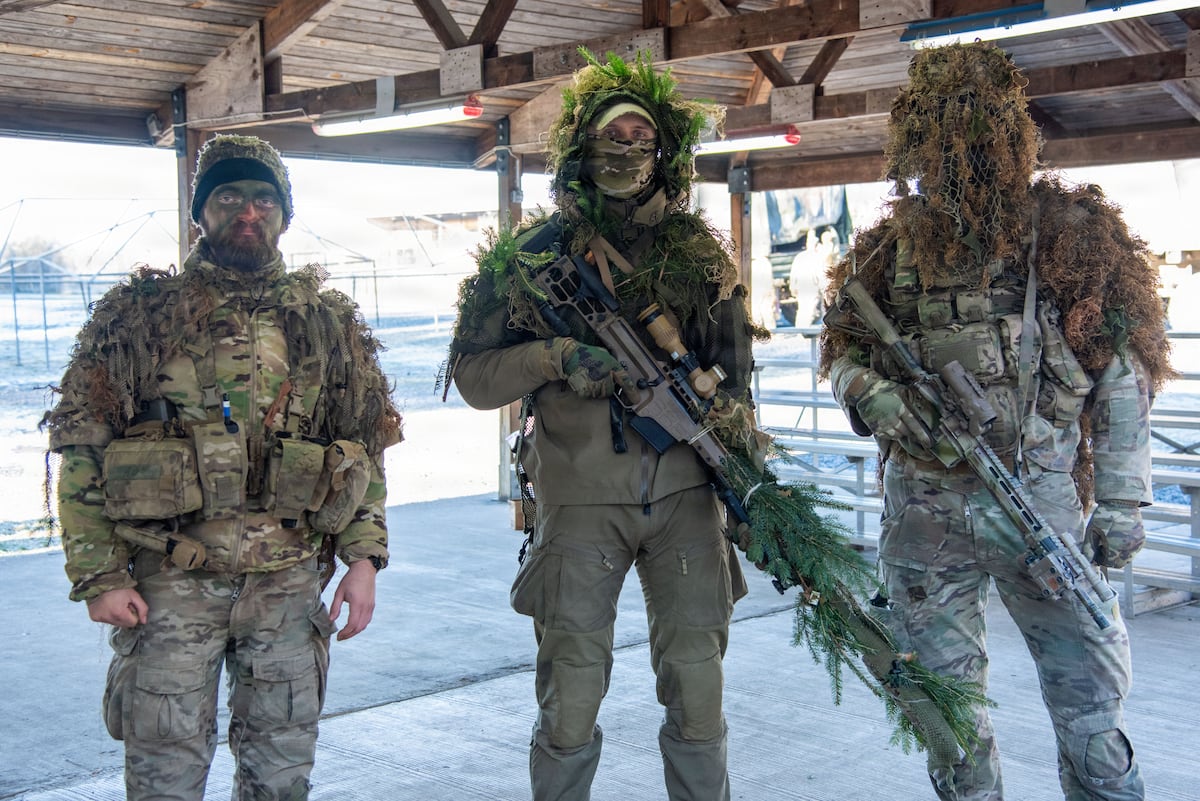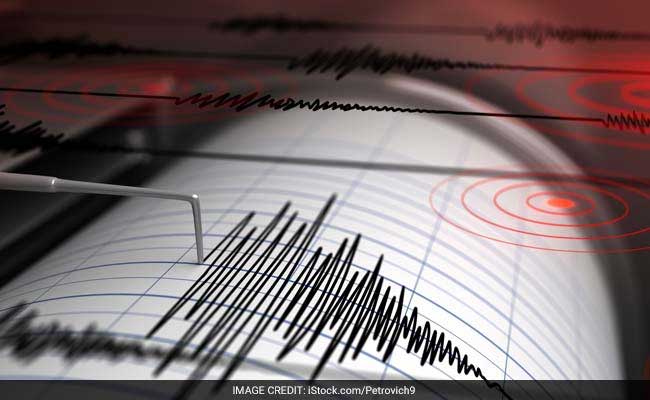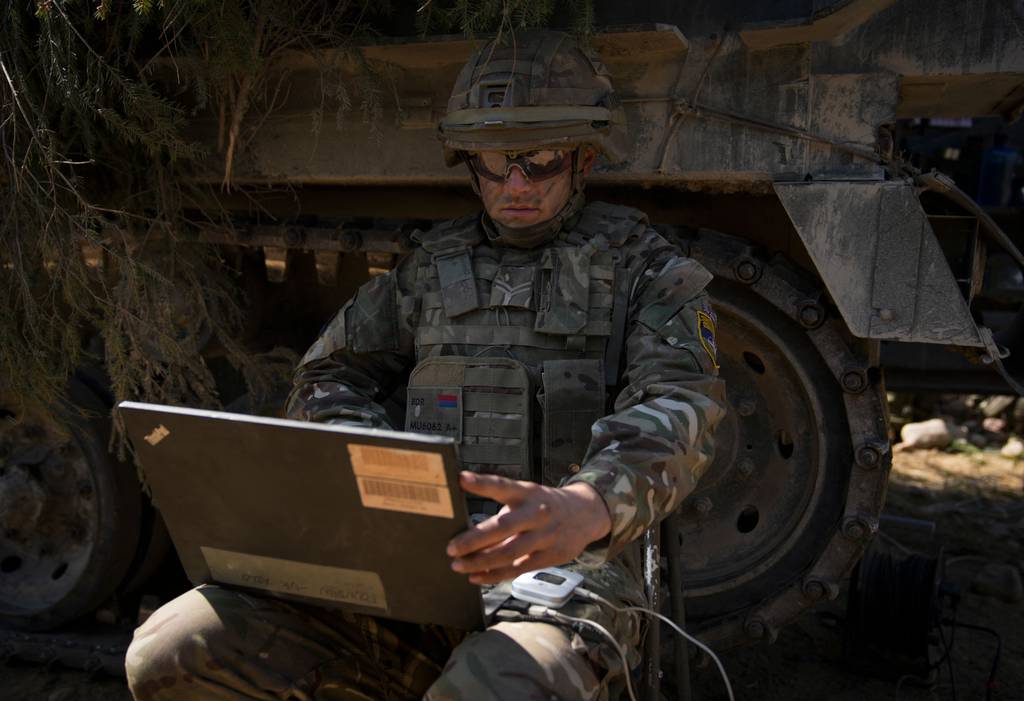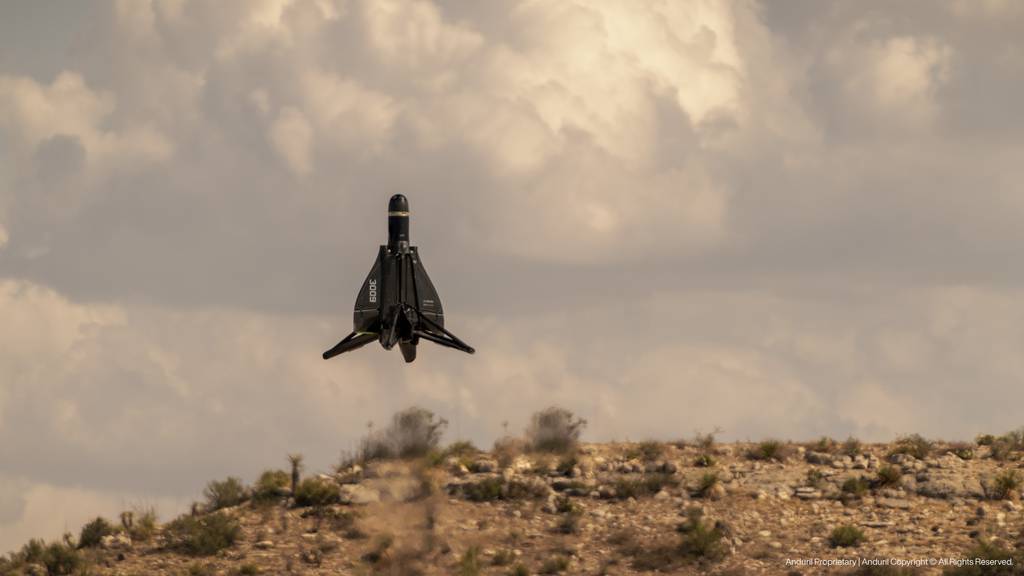US, Australia eye joint hypersonics experiments in 2024
SIMI VALLEY, Calif. — The U.S. Defense Department plans to conduct joint hypersonics experiments with the Australian military as
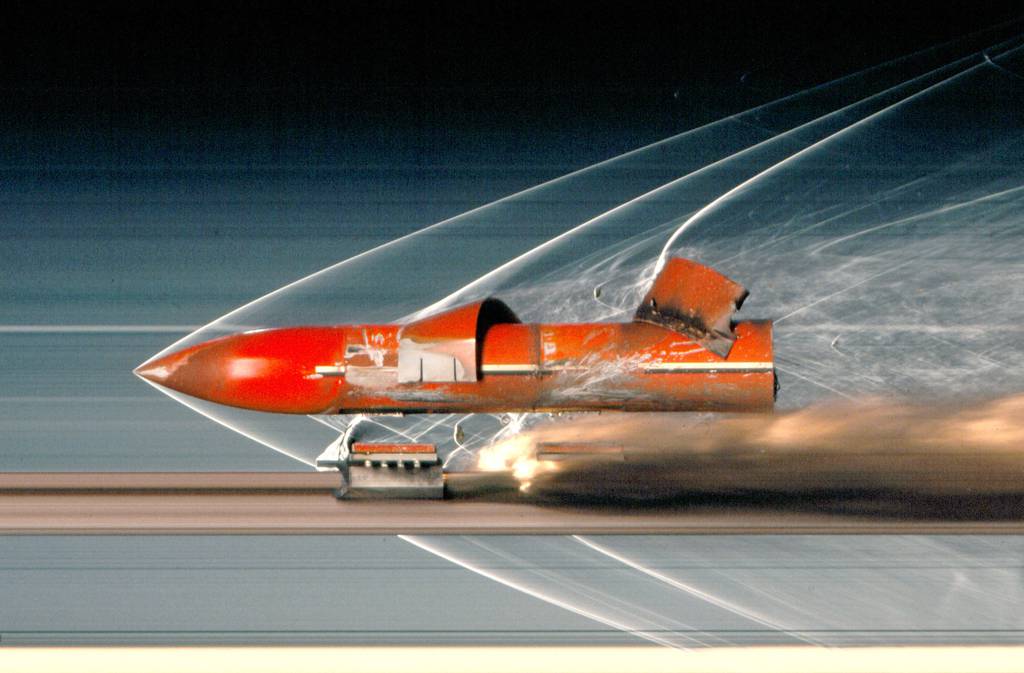
SIMI VALLEY, Calif. — The U.S. Defense Department plans to conduct joint hypersonics experiments with the Australian military as soon as next year, according to the Pentagon’s chief technology officer.
Heidi Shyu, undersecretary of defense for research and engineering, told reporters Dec. 2 at the Reagan National Defense Forum here that the countries have been deepening their partnership on hypersonics over the last year.
In May, Australia observed DoD’s Technology Readiness Experiment, or T-REX, which was held at Camp Atterbury in Indiana. Following that experiment, members of Shyu’s team traveled to Australia to watch the Autonomous Warrior exercise.
Conducting joint experiments, she said, is a clear next step for the countries.
“We’re already in the process of working very closely with them to figure out who do we integrate some of our experimentations in Australia,” Shyu said.
Hypersonic vehicles can travel and maneuver at speeds of Mach 5 or higher. The technology is a focus of the second phase of the trilateral pact between the Australia, the U.S. and the United Kingdom, known as AUKUS. While Pillar I focused on nuclear submarine development, the second pillar is geared toward advanced technology efforts like hypersonics as well as quantum computing, autonomy and electronic warfare.
U.S. Defense Secretary Lloyd Austin convened an AUKUS technology summit Dec. 1, where he and leaders from Australia and the U.K. launched several technology collaboration initiatives.
Australia and the U.S. have been conducting hypersonic research together for more than 15 years. In 2017, they culminated a secretive decade-long effort known as the Hypersonic International Flight Research Experimentation, or HiFiRE. Through the program, they explored future high-speed weapons and subsystem designs and conducted a series of flight tests.
In 2020, the two nations launched a follow-on effort called the Southern Cross Integrated Flight Research Experiment, or SCIFiRE. The program aimed to develop a Mach 5 precision strike missile powered by an air-breathing scramjet engine that would be carried by a tactical fighter aircraft.
That work has fed into the U.S. Air Force’s Hypersonic Attack Cruise Missile program.
The Pentagon is also discussing opportunities for the countries to integrate their air and missile defense capabilities. This summer, Shyu and Pentagon acquisition chief Bill Laplante traveled to Australia to discuss potential collaboration, and in September Shyu met with Australian officials to discuss the partnership further.
Shyu told reporters in August she’s had discussions with the U.S. Army and Missile Defense Agency about how the two countries might work together on the Integrated Battled Command System, which will play an important role in connecting sensors and shooters for air and missile defense in Guam.
The Army is the acquisition lead for the effort and is working with MDA to get the first wave of equipment for the architecture to the island in 2024. Northrop Grumman is developing the system.
Australia is in the midst of its own effort to develop an integrated air and missile defense capability through its Joint Air Battle Management System. The agency on Aug. 28 selected Lockheed Martin as its “strategic partner” on the program.
Courtney Albon is C4ISRNET’s space and emerging technology reporter. She has covered the U.S. military since 2012, with a focus on the Air Force and Space Force. She has reported on some of the Defense Department’s most significant acquisition, budget and policy challenges.

